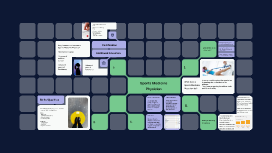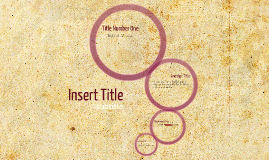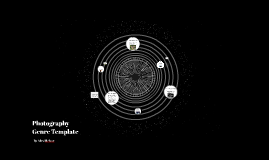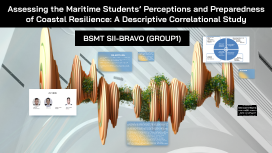Photography genre template
Transcript: Landscape vertical format of people posed for the camera mostly used for people Architectural photography By Alex McIvor Portrait Documentary photography Architectural photography is the photographing of buildings and similar structures Fashion photography is a genre of photography which is devoted to displaying clothing and other fashion items. Food photography is a still life photography genre used to create attractive still life photographs of food. It is a specialization of commercial photography, the products of which are used in advertisements, magazines, packaging, menus or cookbooks. Professional food photography is a collaborative effort, usually involving an art director, a photographer, a food stylist, a prop stylist and their assistants. Night photography Fashion photography Aerial Photography is when you are taking photos from above mostly taken off the environment or something really wide Aerial Photography Landscape is used to capture the environment Food photography Documentary photography usually refers to a popular form of photography used to famous events or environments. Photography Genre Template Candid photography A candid photograph is a photograph captured without creating a posed appearance. This is achieved in many ways, for example: when the subject is in motion, by avoiding prior preparation of the subject,. Night photography refers to photographs taken outdoors between dusk and dawn. Night photographers generally have a choice between using artificial light and using a long exposure, exposing the scene for seconds, minutes, and even hours in order to give the film or digital sensor enough time to capture a usable image.

















